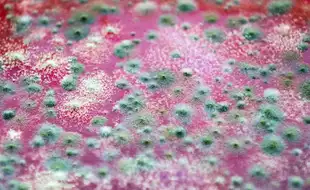News
University of Saskatchewan synchrotron fighting antibiotic-resistant bacteria
University of Toronto researchers used the Canadian Light Source synchrotron, Canada’s only device of its kind, to develop medicinal compounds capable of fighting antibiotic-resistant bacteria.

The Canadian Light Source, a national research facility, is based at the University of Saskatchewan.
Walid Houry, lead researcher and professor at U of T, says his team’s research focuses on addressing the growing problem of antibiotic resistance.
“Because there’s this issue of antibiotic resistance, so many bacteria have been able to develop resistance against currently-used antibiotics. And that’s why there’s an urgent need to develop new antibiotics with a new mechanism of action,” Houry said.
Stations within the synchrotron called beamlines allowed Houry’s team to see the atomic structure of their protein used in the new compounds.
“You put it on that beam line and hit it with x-rays. And then when you hit on the x-rays, there’s a diffraction pattern. There’s a spot that you start seeing on your detector and you can interpret those spots,” Houry explained.
“And eventually from that interpretation, it gives you the structure of that protein. So we actually have a structure of the protein by using the synchrotron.”
Houry says the team faced an interesting challenge when creating the new compounds.
“So the question was how can we target the proteins in bacteria but not the equivalent proteins in our cells? We don’t want to kill the person and of course we want to kill the bacteria,” Houry said.
Houry added many types of bacteria found in the human body are helpful.
“So you want to keep those, but you want to kill the invasive ones, the pathogenic ones. So this compound seems to be able to do that trick. And of course, as I said, it is not touching the human cells.”
With the compound yet to undergo clinical trials, Houry says it could be a few years before the new compound is ready for use.
“With many of these compound development efforts, it usually takes between, say, 5 to 10 years to for something like this to reach the clinic,” Houry said.
Houry says funding from agencies like the Canadian Institute of Health Research made his team’s discovery possible and thanked them for their support.

-
 GNM – Research into the prevention of potash clumping
GNM – Research into the prevention of potash clumping -
 GNM – Protein Repair Research Breakthrough
GNM – Protein Repair Research Breakthrough -
 GNM – Capturing Carbon with Copper
GNM – Capturing Carbon with Copper -
 GNM – Looking for more sustainable alternatives for lithium batteries
GNM – Looking for more sustainable alternatives for lithium batteries
Our Recent News




